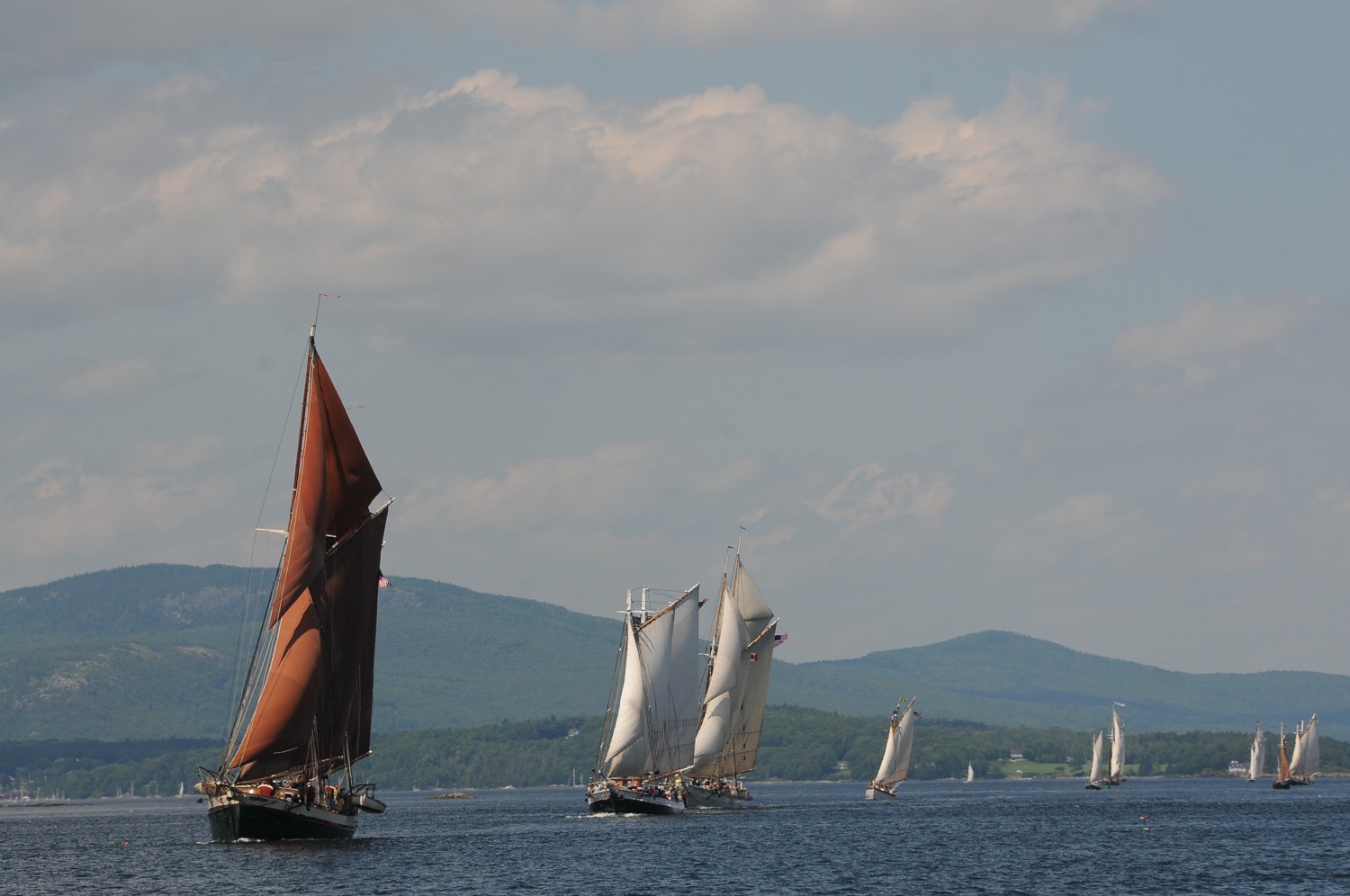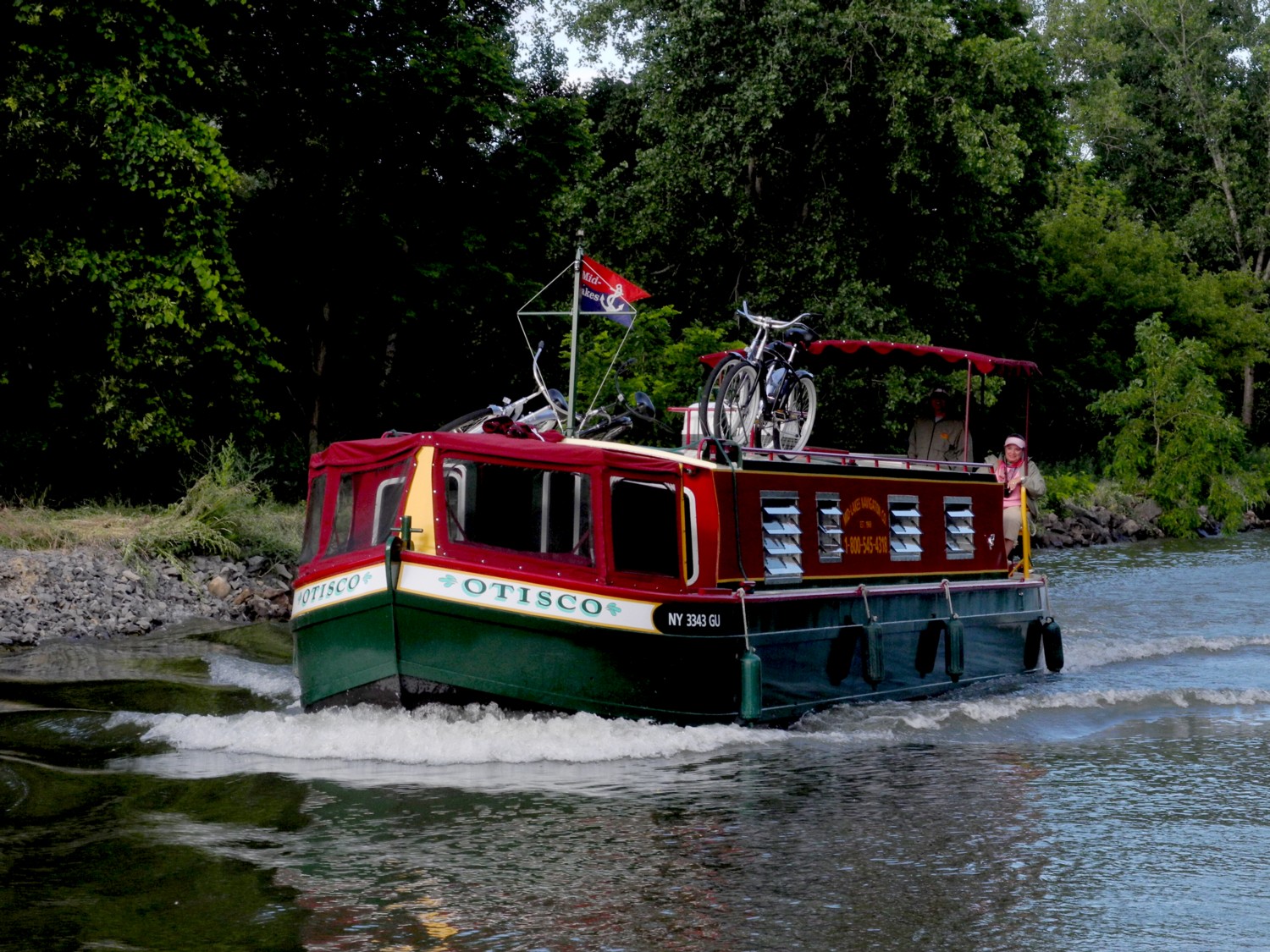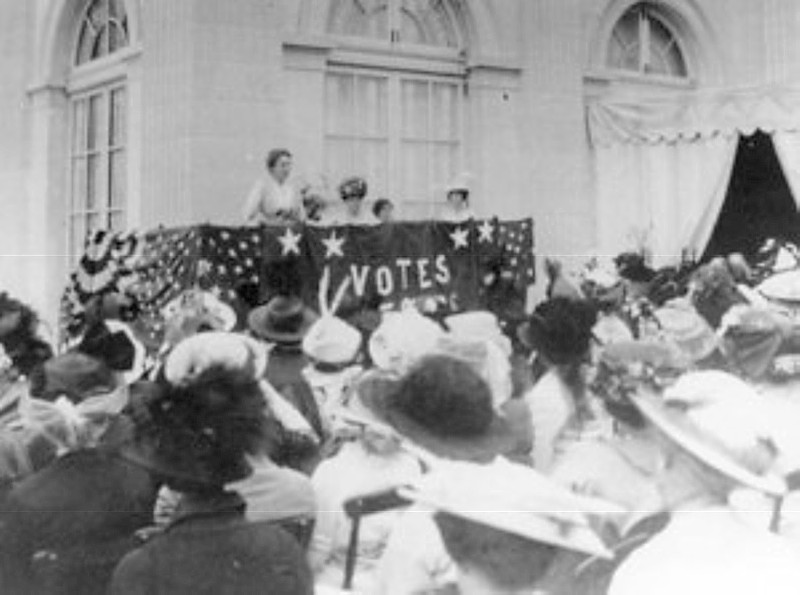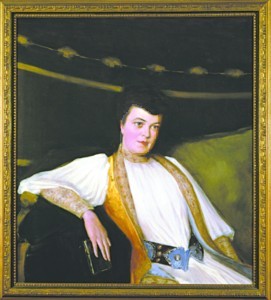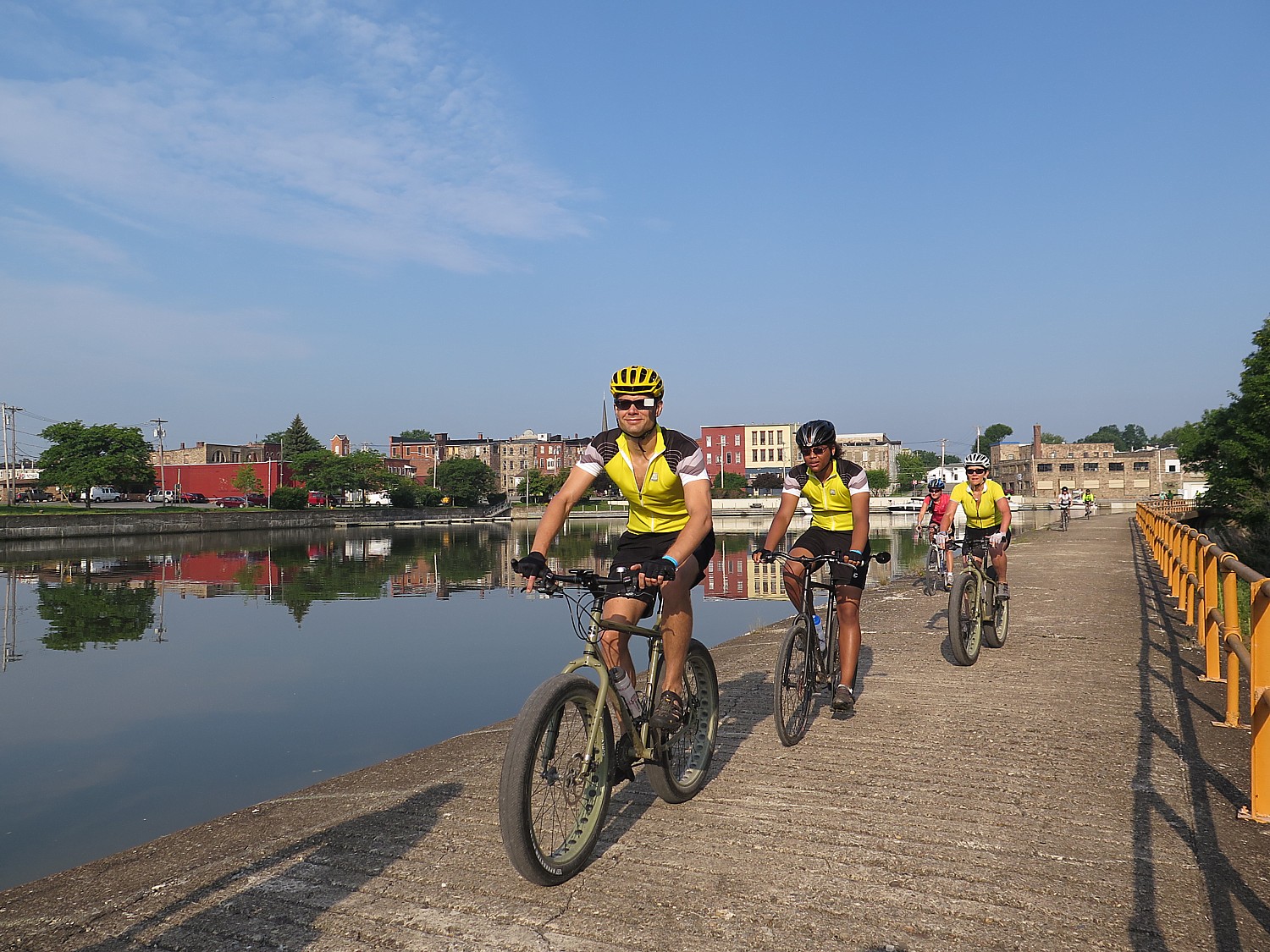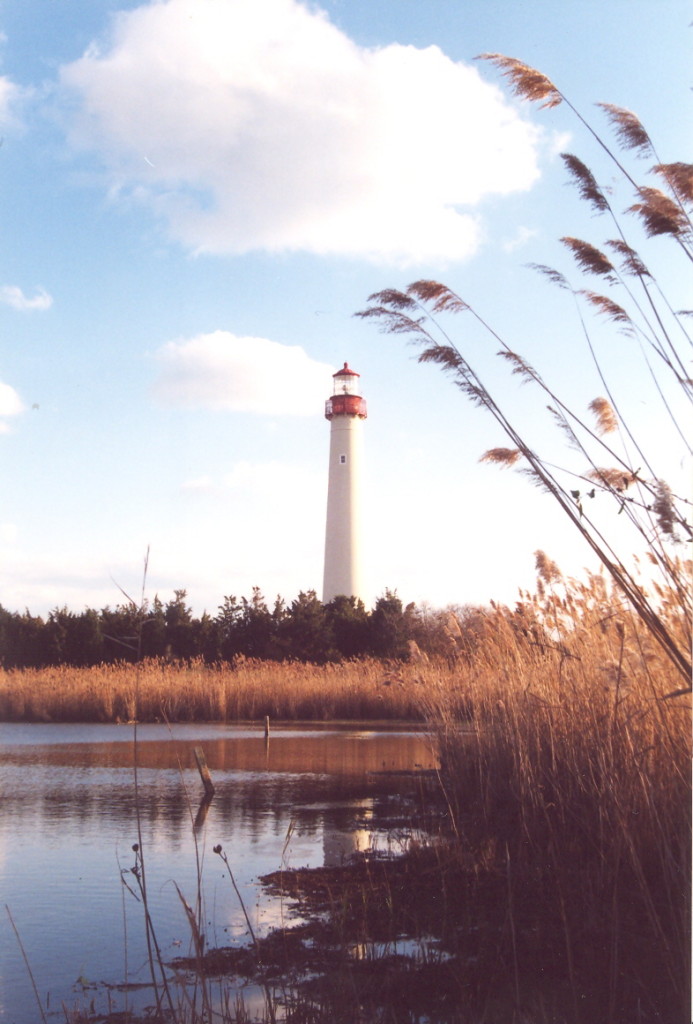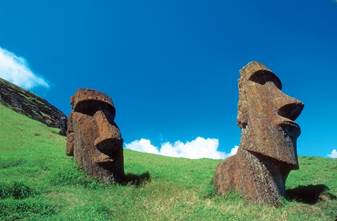
(photo credit: Zegrahm Expeditions)
NEW YORK—Members of the United States Tour Operators Association (USTOA) offer travelers ease of access to UNESCO World Heritage Sites around the globe. From well-known sites such as Stonehenge and Victoria Falls, to unparalleled access to places like Iran’s historic cities of Pasargadae and Persepolis, USTOA members continue to recognize the importance of these sites and include them in packaged travel options for travelers across the world. UNESCO showcases and protects the world’s most cherished cultural and natural wonders while adding new World Heritage Sites to the prestigious list each year. This year’s World Heritage Committee decision to add 24 culturally significant sites brings the list total to 1,031 sites throughout 163 countries.
“By including UNESCO World Heritage Sites in their itineraries, USTOA members offer travelers a exceptional way to experience some of the world’s most fascinating and bucket list worthy sites,” said USTOA President and CEO Terry Dale. “Each year our members are excited to learn about new inductions and look for ways to include them in future expeditions.”
Following is a sample of USTOA member tour operators offering a chance to explore UNESCO World Heritage Sites around the globe.
- Rapa Nui, better known as Easter Island, is home to an impressive cultural landscape and intriguing Polynesian history. Zegrahm Expeditions offers explorers a 20-day journey from Tahiti to Easter Island to experience Rapa Nui National Park, a UNESCO World Heritage Site, during its “Tahiti to Easter Island: Marquesas, Tuamotus & Pitcairns” trip. Travelers discover the shrines and ancient figures, known as moai, built by the Polynesian society who settled on Rapa Nui around 300 AD. This tropical vacation also offers stunning views of volcanoes and the chance to snorkel amid vibrant reefs. Available November 5, 2017 from $19,980 per person.
- Alexander + Roberts is bringing travelers to Iran for unparalleled access to 11 of Iran’s 19 UNESCO World Heritage Sites during the “Persian Moments Private” itinerary. During this 13-day private tour, guests will visit the only bazaar in the world recognized as a UNESCO World Heritage site, as well as discover Pasargadae and Persepolis, cities of the Achaemenid Empire. Available in 2017 and 2018.
- Guests on African Travel Inc.’s 10-day “Southern Explorer” tour will hike alongside the mighty Victoria Falls, a UNESCO World Heritage Site and one of the seven natural wonders of the world. Other highlights include dining in the home of a local Capetonian family, discovering breathtaking scenery at the Cape of Good Hope and searching for the “Big Five.” Available throughout 2016, prices start at $3,895 per person.
- Adventures by Disney’s “Vietnam, Cambodia and Laos Family Vacation” visits three UNESCO World Heritage Sites: Angkor Archeological Park, the world’s largest religious monument; Luang Prabang, a town with rich architectural and artistic heritage; and Hoi An, an ancient trading port. Starting at $5,599 per person and available June through August 2016 with more departures in December, the adventure is rounded out by a Tuk-Tuk Temple Treasure Hunt, cooking class and an interactive experience with a Tai-Chi Master.
- During Globus’ “The Best of Southern England” seven-day tour, guests get the chance to visit some of the most recognizable UNESCO World Heritage Sites, Stonehenge, the City of Bath, Westminster Palace, Westminster Abbey and Saint Margaret’s Church. Historical and beautiful, this trip starts at $1,549 per person land only.
For further inspirations or to search for dream travel itineraries and destinations, visit www.ustoa.com/dream.
For questions and more information on USTOA, visit www.ustoa.com, call 212-599-6599, or email information@ustoa.com.
Representing more than $13.5 billion in revenue, the member companies of U.S. Tour Operators Association provide tours, packages and custom arrangements that allow nearly 8 million travelers annually unparalleled access, insider knowledge, peace-of-mind, value and freedom to enjoy destinations and experiences across the entire globe. Each member company has met the travel industry’s highest standards, including participation in the USTOA’s Travelers Assistance Program, which protects consumer payments up to $1 million if the company goes out of business. As a voice for the tour operator industry for more than 40 years, USTOA also provides education and assistance for consumers and travel agents.
For more travel features, visit:
goingplacesnearandfar.wordpress.com
travelwritersmagazine.com/TravelFeaturesSyndicate/
goingplacesfarandnear.tumblr.com/
instagram.com/krubin0830/
‘Like’ us on facebook.com/NewsPhotoFeatures
Twitter: @TravelFeatures


